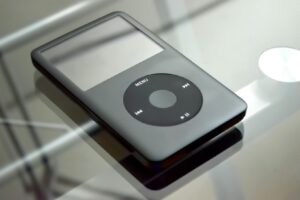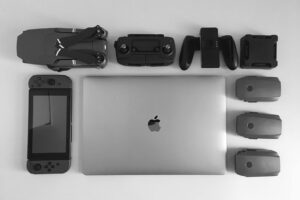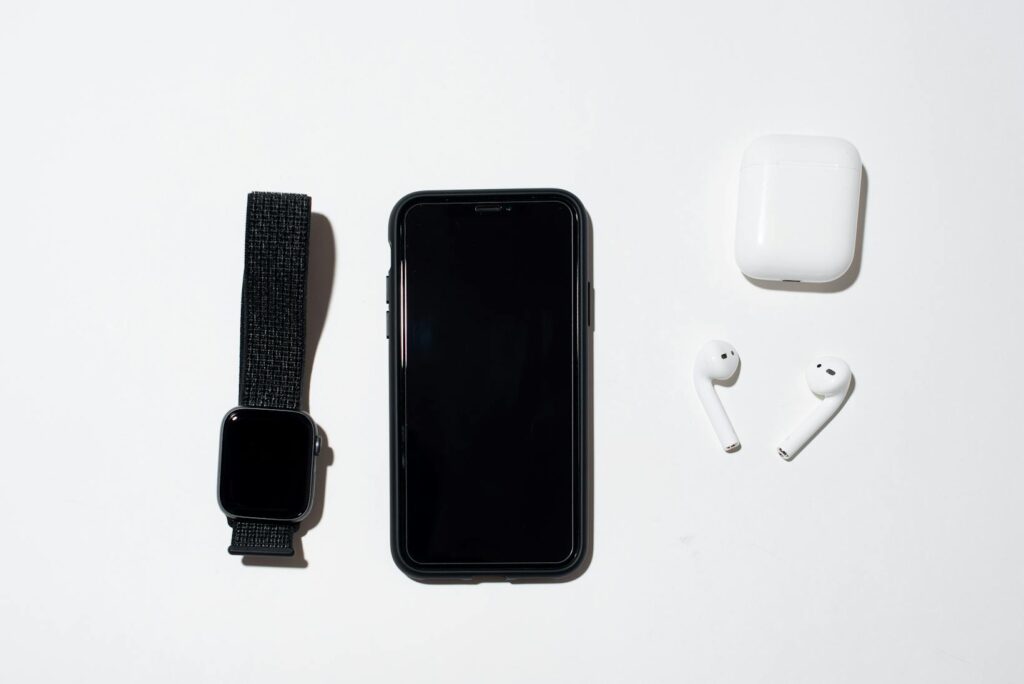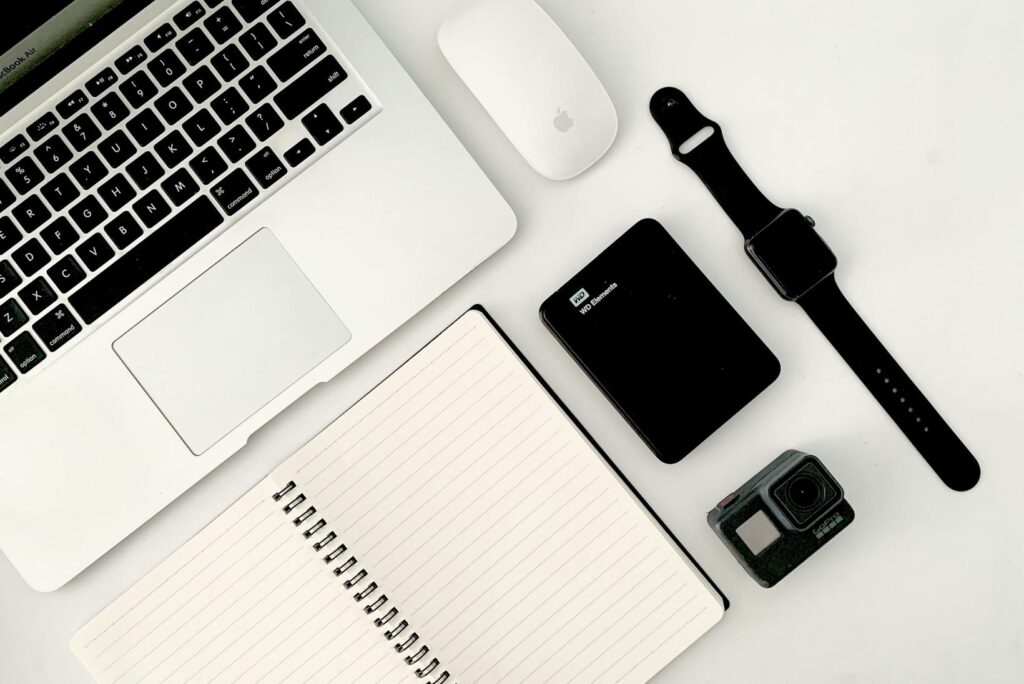In the digital era, fonts play an essential role in shaping the user’s experience. And when it comes to gadgets, the importance of fonts is magnified. Welcome to the world of “gadget fonts”, where typography meets technology.
Gadget fonts are not just about aesthetics. They’re about functionality, readability, and user engagement. Whether it’s a smartwatch, a tablet, or a smartphone, the right font can make all the difference. Dive in, as we explore the fascinating universe of gadget fonts, their impact, and how to make the most of them.
Gadget Font
Dwelling deeper into the sphere of gadget fonts, a more comprehensive perception emerges. Not just embellishments, gadget fonts fuse form and function to underpin technological advancements.
What Is Gadget Font?

Gadget font categorizes as a typeface designed specifically for digital devices. It aims not merely at beautification, but also at enhancing convenience, legibility, and overall user interaction. Screens of varying sizes, be it smartphones, tablets, smartwatches, or larger screens, each require specific font types. Gadget fonts are tailored intricately, considering shapes, sizes, and possible orientations, for optimal readability and minimal eye strain.
Evolution of Gadget Font in Technology
Starting from the proliferation of digital screens, gadget fonts have mirrored tech evolution. In the early days, devices like computers and mobile phones had limited display competencies, hence, required fonts that were simple, clear, and easy on the eyes. One such example is the “Fixedsys” font used in early Windows operating systems.

As technology advanced, screens became more sophisticated and capable of displaying complex visual details. This opened avenues for experimentation with fonts. Developers started creating fonts that were not only functional but also aesthetically pleasing. Lucida Grande, for instance, was used in Mac OS X, elevating user experience with its clean, simple aesthetics, and high readability.
In the present day, gadget fonts render function and form in devices, big or small. They have evolved with the proliferation of smart devices, offering adaptability, aesthetics, and user-centered designs. From enhancing user experience to aiding visually impaired users, gadget fonts cater to diverse needs. Roboto and Noto, used on Android devices, exemplify this evolution, offering vast language support and easy adaptability across screens. As future technology continues to evolve, so does the development of gadget fonts, always striving for superior readability and user engagement.
Applications of Gadget Font
Gadget font leverages utility in diverse digital ecosystems, confirming its indispensability. It finds applications in consumer electronics and web design, among others.
Use in Consumer Electronics

Gadget font holds a significant role in enhancing user experience in electronics. It dictates the visual cue of devices, thus improving legibility and interoperability across diverse platforms. For instance, Apple deploys San Francisco font on its devices, including iPhone, Mac, and Apple Watch. It prioritizes clear typographical representation and maintains consistency across all platforms. Further, Google’s Roboto and Noto fonts cater to an array of languages, acknowledging global user base in designing user interfaces.
Importance in Web Design
Gadget font is no less important in web design. It imparts a seamless digital journey by ensuring text readability. Fonts with low readability risk, such as Georgia and Verdana, are prudently avoided. Arial and Helvetica, with exceptional readability, continue to be top choices for web designers to ensure better user experience. Besides, font design techniques like kerning, tracking, and leading are utilized that maintains the balance between aesthetics and functionality online.
The Details

The right gadget font isn’t just about aesthetic appeal—it’s a critical component in user experience strategy. From Lucida Grande to Roboto and Noto, these fonts have shaped the way we interact with our digital devices. They’ve proven their worth in enhancing readability, ensuring consistency, and adding a touch of aesthetic elegance to our screens. But it’s not just about picking a font. It’s about understanding kerning and tracking techniques, considering scalability and compatibility, and aligning the font with the content’s context. It’s about ensuring accessibility and conducting thorough testing. It’s about having fallback options.



